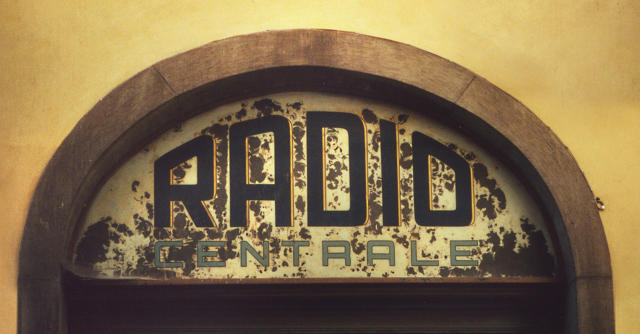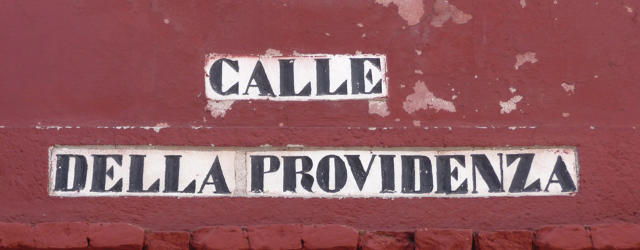Design Legend Louise Fili Photographs The Gorgeous Typography Of Italy
Fili shares her three-decade love affair with Italy’s typography and vintage signage in a gorgeous new book.
Editor: Suzanne LaBarre

For three decades now, Fili has been traveling throughout Italy, documenting its typographic gems, on restaurants, bars, shops, billboards, hotels, and street corners. “Anything with Italian type on it was magical for me,” Fili writes. From Turin to Bologna to Lucca (cities with a particularly deep respect for typographic legacy), Fili captured an impressive menu of lettering styles and materials. “Classical, traditional, eclectic, Futurist, or Fascist; in gold leaf, marble, brass, wood, wrought iron, enamel, ceramic, or neon; painted, carved, inlaid, etched, tiled, or stenciled: the creative possibilities were endless,” she writes. Fili claims she’s “not a photographer,” and that the images in this book were always intended for her own inspiration and enjoyment. When she began shooting in the late ’70s, in 35-millimeter slides, and even when she moved to digital point-and-shoot snapshots, she never thought she’d eventually reproduce the photos in a book—although she dutifully placed them in binders, organized by city.

When the signs started being taken down and replaced with “less aesthetically pleasing plastic, with clumsily crafted computer type,” Fili made it her mission to reshoot as many of the historic signs as possible before losing the opportunity forever. She revisited several cities with a new camera, a lightweight tripod, and a telescoping pole, which gave her an extra three feet of height. Now, her trove of inspiration won’t be forgotten, and has been made accessible to the rest of the world. Grafica della Strada: The Signs of Italy is available from Princeton Architectural Press here for $24. Read more about Fili’s work here.
(281)














